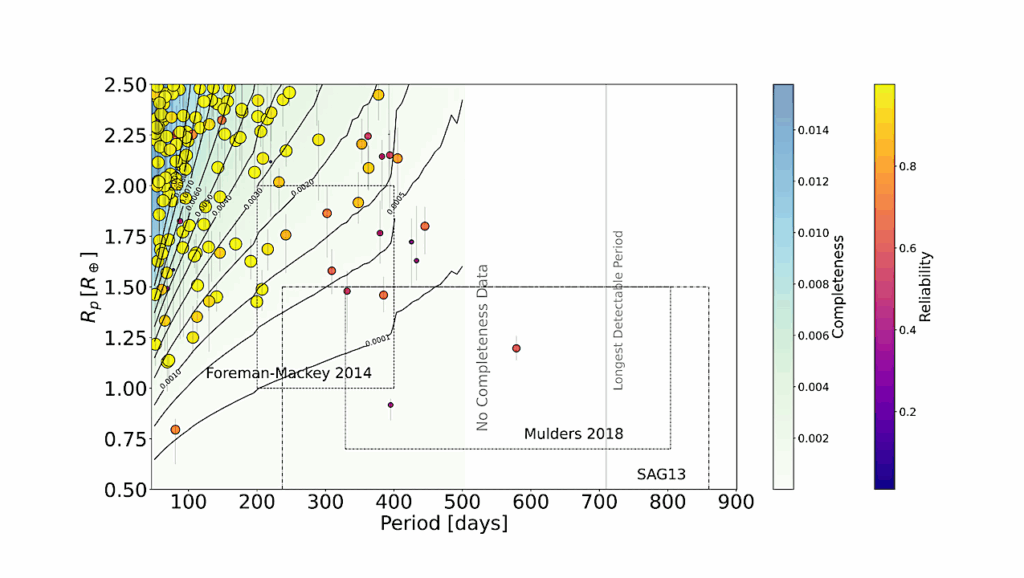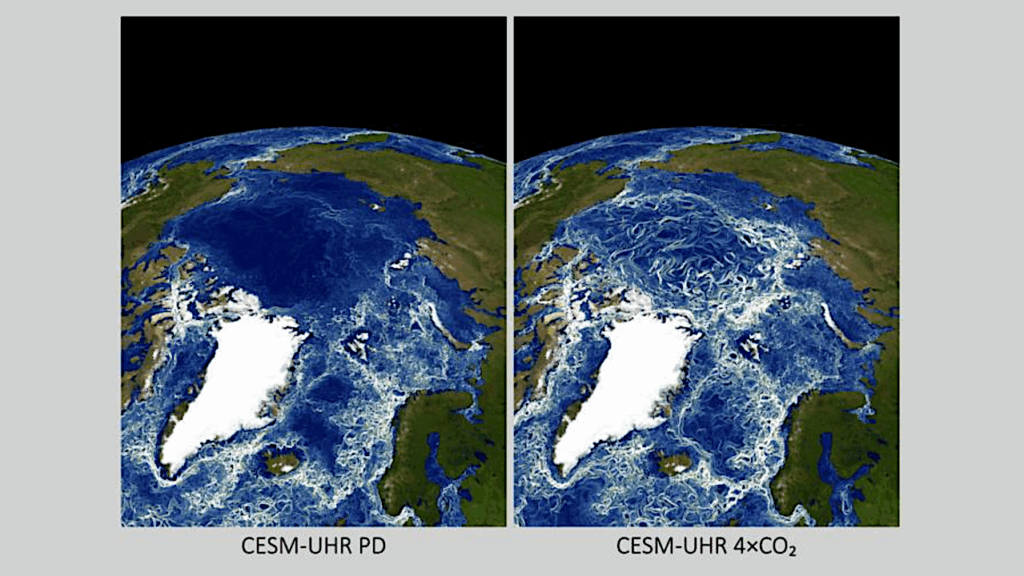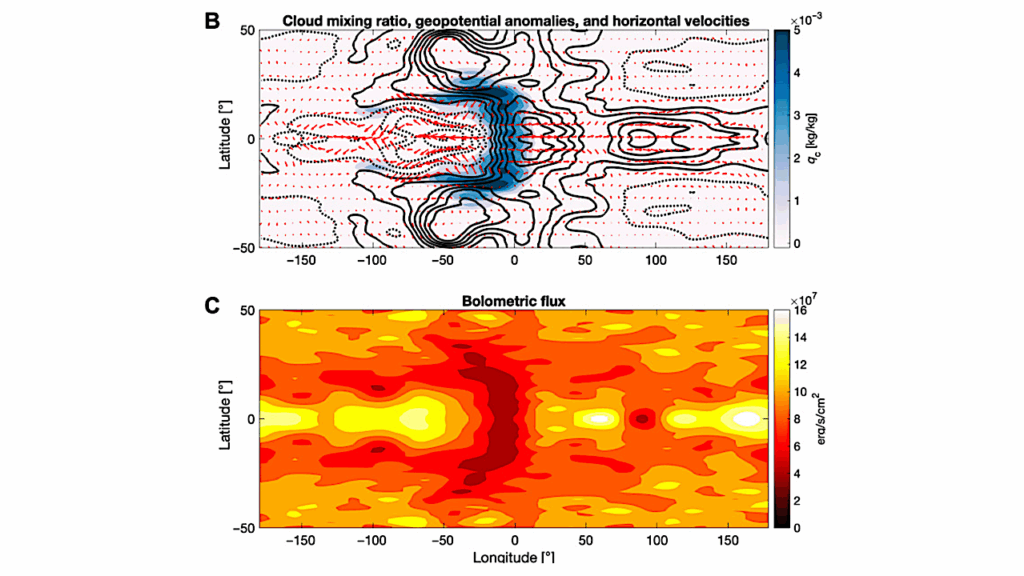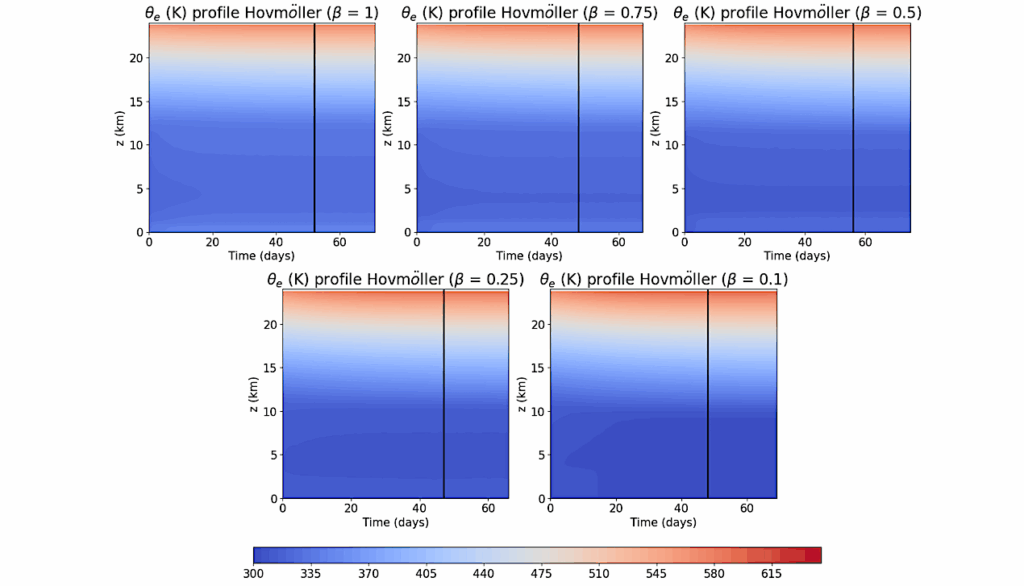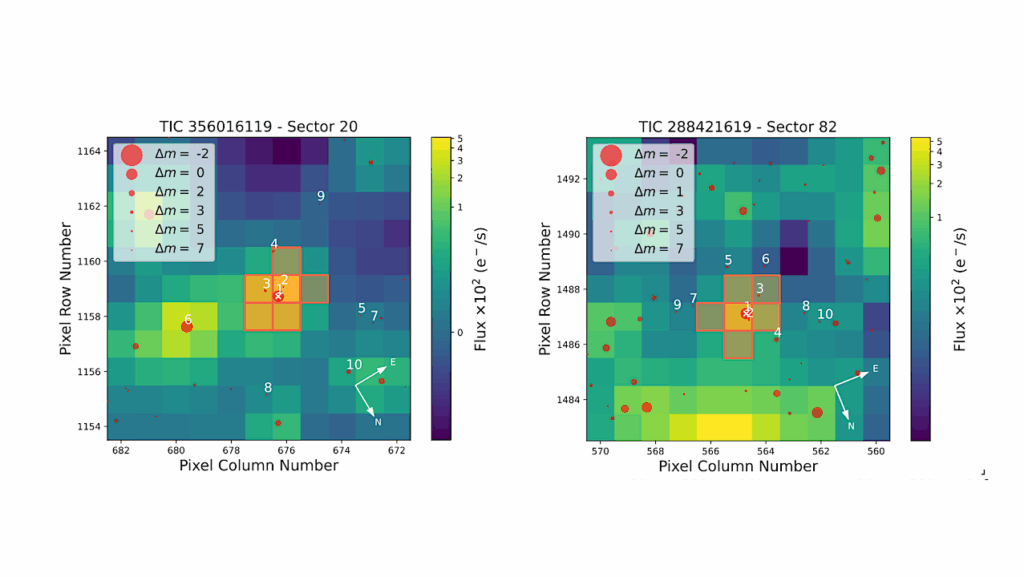Joint Genome Institute (JGI)-Enabled Research Demonstrates The Existence Of New Methane Makers

Atmospheric levels of methane, a potent greenhouse gas, regulate Earth’s climate. Most methane is produced in environments without oxygen through a process called methanogenesis. Methanogenic microorganisms therefore play a critical role in the global carbon cycle, and are of significant interest for their potential contributions to a sustainable bioeconomy, including, potentially, methane as an energy source.
Until recently, our understanding of these methanogenic microorganisms was narrowed to a type of archaea called Euryarchaeota. These ancient, single-celled organisms thrive in most environments devoid of oxygen and until recently were thought to be the only microorganisms capable of methanogenesis — it’s the metabolic process these little makers rely on to survive.
Now, new research enabled by the U.S. Department of Energy (DOE) Joint Genome Institute (JGI), a DOE Office of Science User Facility located at Lawrence Berkeley National Laboratory (Berkeley Lab), shows methanogenesis is not limited to Euryarchaeota.
Finding Methane-Making Microbes with Metagenomics
By leveraging metagenomics to sample the entirety of a microbial community out in its natural environment, scientists have shown at least two microorganisms from different phyla are capable of methanogenesis. Using metagenomics eliminates confirmation bias, because it enables scientists to study how methanogenesis takes place in the context of the genetic material of many different organisms in an environment, all at once — rather than cultivating a single microorganism within a lab setting.
Roland Hatzenpichler is an associate professor at Montana University and associate director of its Thermal Biology Institute. He’s been investigating methanogenesis and methane-makers as a principal investigator through the Community Science Program — as well as through the Facilities Integrating Collaborations for User Science Program (FICUS) with the Environmental Molecular Sciences Lab (EMSL), another DOE user facility located at Pacific Northwest National Laboratory.
“Without a culture, or without some kind of test to even look if these genes are expressed, you have to be very agnostic and very careful,” Hatzenpichler explained. “Not only do you not know in which direction the enzyme these genes encode are used — so producing methane or consuming methane, those are already diametrically opposite — but also you do not even know if they’re actually being used at all, so to speak. They could just be switched off.”
Yet, after extensive study, Hatzenpicher and his team were able to definitively prove two other archaea within the Thermoproteota phylum — Korarchaeia and Methanomethylicia — grow by methanogenesis. Both studies were recently published in Nature.
Researchers started by collecting samples from Yellowstone’s hot springs, an extreme environment with low genetic diversity that would help narrow down potential sources of methanogenesis, with metagenomic support from the JGI. First they were able to identify the potential for methanogenesis, but questions remained as to if these microorganisms were actually engaging in the process within the environment and, if so, to what extent.
“These new groups were discovered not by cultivation, like the original methanogens were, but they were discovered by genome sequencing, which is a much less biased approach to studying nature. That’s the real power of metagenomics,” Hatzenpichler said. “It’s great to collaborate with the JGI because with that, we have a much less biased view into biological diversity. You don’t have tunnel vision anymore, only seeing the microbes you can grow in the lab — suddenly you see everything, and then you’re amazed.”
From there, they were able to cultivate and more closely study the microorganisms that seemed mostly likely to be engaging in methane production to confirm that indeed, they were. The work was enabled in part by working with both the JGI and EMSL.
New Methane-Makers Have Alternate Metabolic Pathways
And there is something special about these new lineages recently tied to methanogenesis. Unlike the Euryarchaeota, they don’t necessarily rely on methanogenesis to survive. They’ve got different metabolic pathways too — like anaerobic respiration, or fermentation.
“Both these microbes are capable of other ways to conserve energy,” Hatzenpicher said. “However, our experiments to test that were unsuccessful — which doesn’t necessarily mean they can’t do it, but they are inclined toward methanogenesis, at least in culture.”
Another difference in these newly-discovered methane-makers is that their methanogenic pathways are much more straightforward than the Euryarchaeota counterparts.
“All the microorganisms that we have been studying for a long time have really complicated pathways to make methane,” Hatzenpicher continued. “These [newly discovered cells] have very simple pathways. There are different ways to make methane, depending on which substrate is used to make the methane, so to speak. These organisms basically need two enzymes.”
These microbes are specialized to use very specific types of substrates for methanogenesis, and cannot use carbon dioxide or acetate like many long-known methanogens within the Euryarchaeota. Hatzenpicher speculates that this might help explain the existence of alternative metabolic pathways in these microbes — though those questions cannot yet be answered definitively.
These studies do prove without a doubt that the ability to make methane is far more widespread in nature than historically presumed — widening the avenues for exploring methane as a source of bioenergy, better understanding the global carbon cycle and greenhouse gas dynamics, and the engineering of new, optimized methane-making microbes.
In collaboration with the JGI and EMSL, Hatzenpichler’s lab will continue their research of these newly found methanogens in diverse ecosystems with support from an award by the DOE Biological and Environmental Research program.
Publications:
Kohtz, A.J., Petrosian, N., Krukenberg, V. et al. Cultivation and visualization of a methanogen of the phylum Thermoproteota. Nature. (2024). doi: 10.1038/s41586-024-07631-6
Krukenberg, V., Kohtz, A.J., Jay, Z.J. et al. Methyl-reducing methanogenesis by a thermophilic culture of Korarchaeia. Nature. (2024). doi: 10.1038/s41586-024-07829-8
Astrobiology



